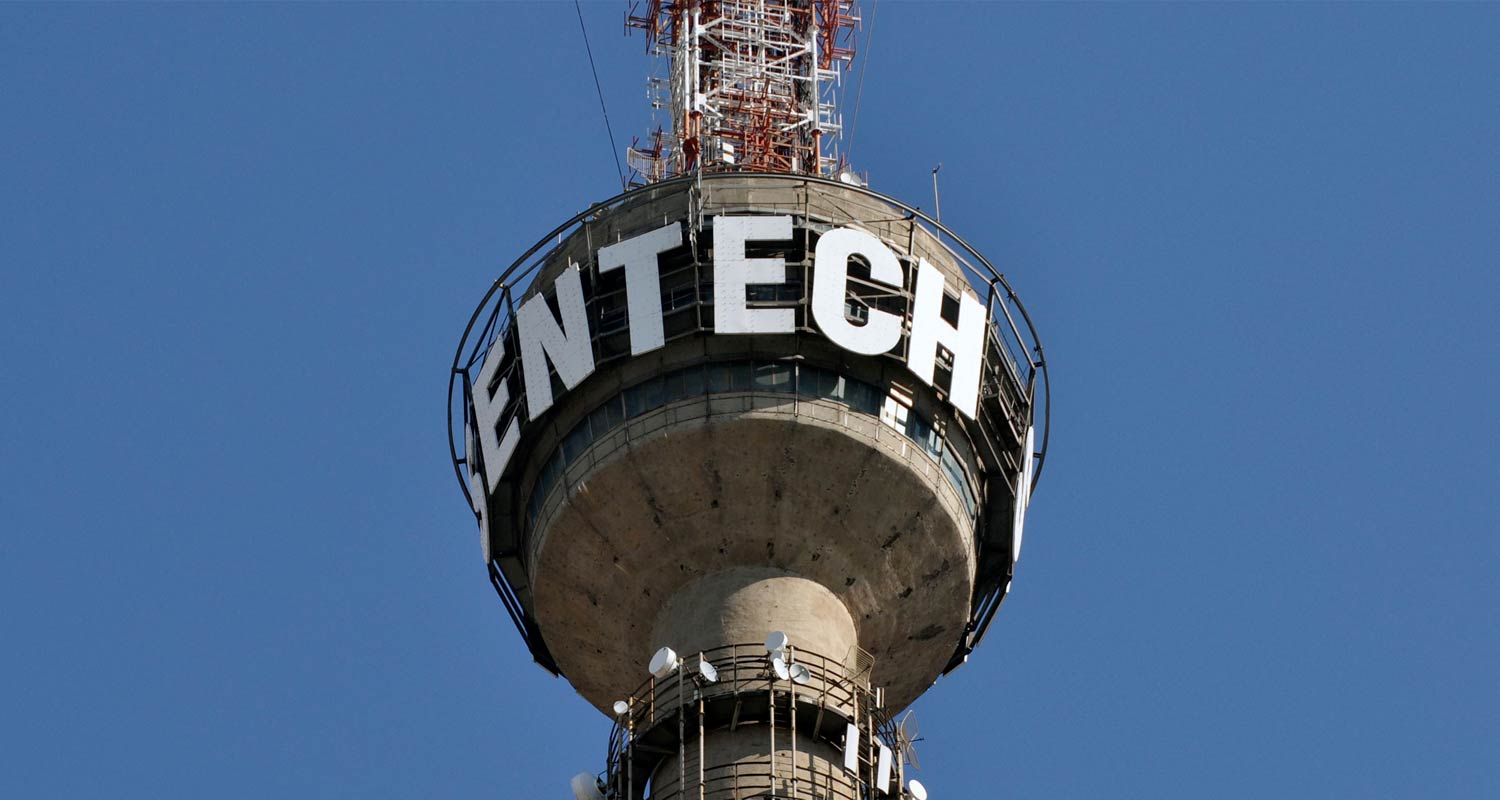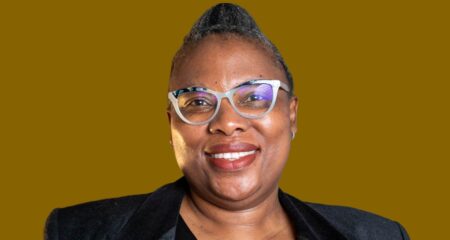
State-owned broadcasting signal distribution company Sentech has a little over two months to distribute and install 220 000 set-top boxes to qualifying indigent households before the new analogue television switch-off deadline of 31 March 2025.
The new deadline was set by communications minister Solly Malatsi in December, extending the switch-off by three months – in large part to allow more time for government-subsidised set-top boxes to be distributed.
According to Sentech, it is reliant on information from the Universal Service and Access Agency of South Africa (Usaasa) to carry out the mandate.
“The stock is recorded on Usaasa’s balance sheet. Sentech is the appointed implementing agency responsible for the distribution of set-top boxes and providing project management services,” Sentech said in response to questions from TechCentral.
“The distribution of set-top boxes is dependent on availability of the registration details of beneficiaries. After a beneficiary has been vetted, the details are forwarded to Sentech, which then appoints installers to undertake the installation.”
Despite Sentech’s involvement, an Usaasa spokeswoman has confirmed to TechCentral that the agency remains responsible for funding the project, including the procurement of set-top boxes as well as paying for their warehousing and installation.
Free-to-air threat
According to a statement by Malatsi in December, some 467 000 households have registered for the government’s set-top box subsidy programme. It is unclear whether the 220 000 units in Sentech’s possession represent the balance of the 467 000 households still requiring installation or whether there is a gap between the number of registered households and devices available.
Even if all 467 000 households registered are serviced in time, a larger problem exists: speaking at public hearings called by Icasa for the communications regulator’s inquiry into the review of the digital migration regulations of 2012 in Pretoria last June, eMedia Holdings CEO Khalik Sherrif said some 4.5 million South African households would still be reliant on analogue television to receive free-to-air channels after the analogue switch-off because they could not afford the hardware that would allow them to access digital broadcasts.
Read: Analogue TV switch-off ‘must not marginalise the poor
Sherrif said the loss of a sizeable portion of the TV viewership base would be harmful to the livelihoods of employees at both eMedia and the SABC. Media watchdogs Media Monitoring Africa (MMA) and the SOS Coalition echoed Sherrif’s sentiments, describing the situation as an “existential crisis” for the public broadcaster.
“To cut its audience in this context is basically taking away its only source of revenue. This will have consequences on the thousands of jobs at the SABC, and we are facing a possible extinction event for the public broadcaster,” said MMA executive director William Bird at the Icasa hearings.
 The threat to the SABC comes as the public broadcaster faces a funding crisis. After withdrawing the contentious SABC Bill from parliament last November (now the subject of a feud between the Democratic Alliance and the ANC), Malatsi cited the bill’s weakness at addressing the SABC’s funding model as one of his reasons for doing so.
The threat to the SABC comes as the public broadcaster faces a funding crisis. After withdrawing the contentious SABC Bill from parliament last November (now the subject of a feud between the Democratic Alliance and the ANC), Malatsi cited the bill’s weakness at addressing the SABC’s funding model as one of his reasons for doing so.
“We have to get the question around the funding model for the SABC right. There is broad acknowledgement that the bill as it stands does not answer that, so why proceed with it?” Malatsi said in an interview with TechCentral last November.
Read: Solly Malatsi sets new deadline for analogue switch-off
While some may see the distribution of set-top boxes as the major hurdle to the successful implementation of digital migration in South Africa, others – like eMedia’s Sherrif – believe government’s delays in implementing digital broadcasting have put the country in a position where it may have to leapfrog the technology. – © 2025 NewsCentral Media
Get breaking news from TechCentral on WhatsApp. Sign up here.




